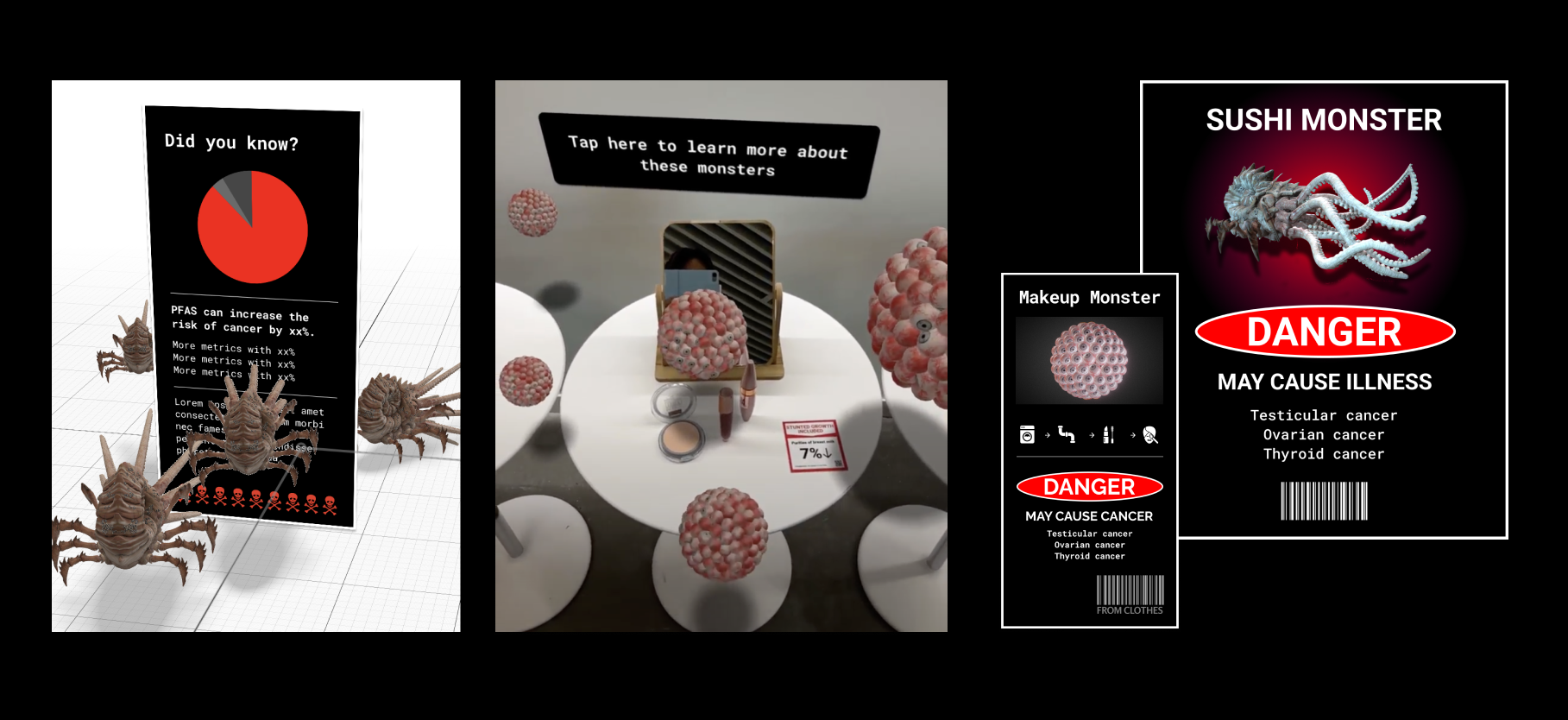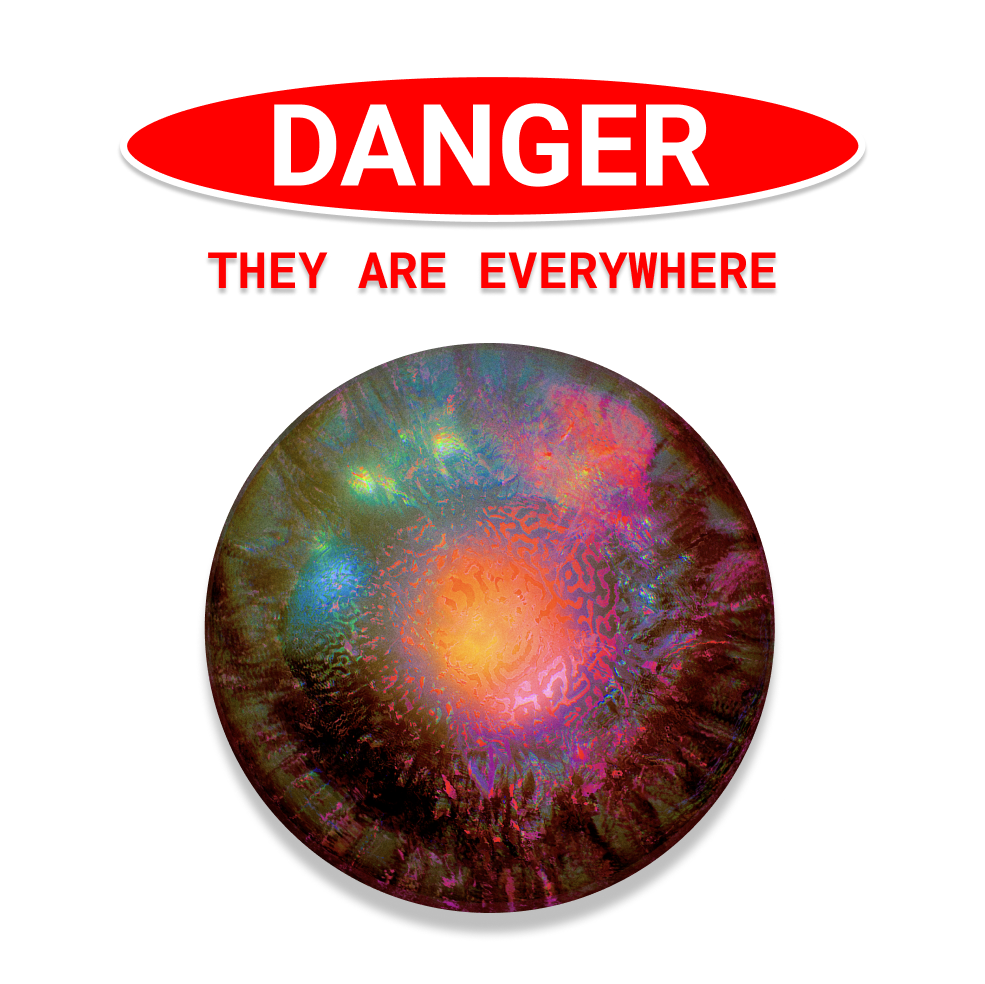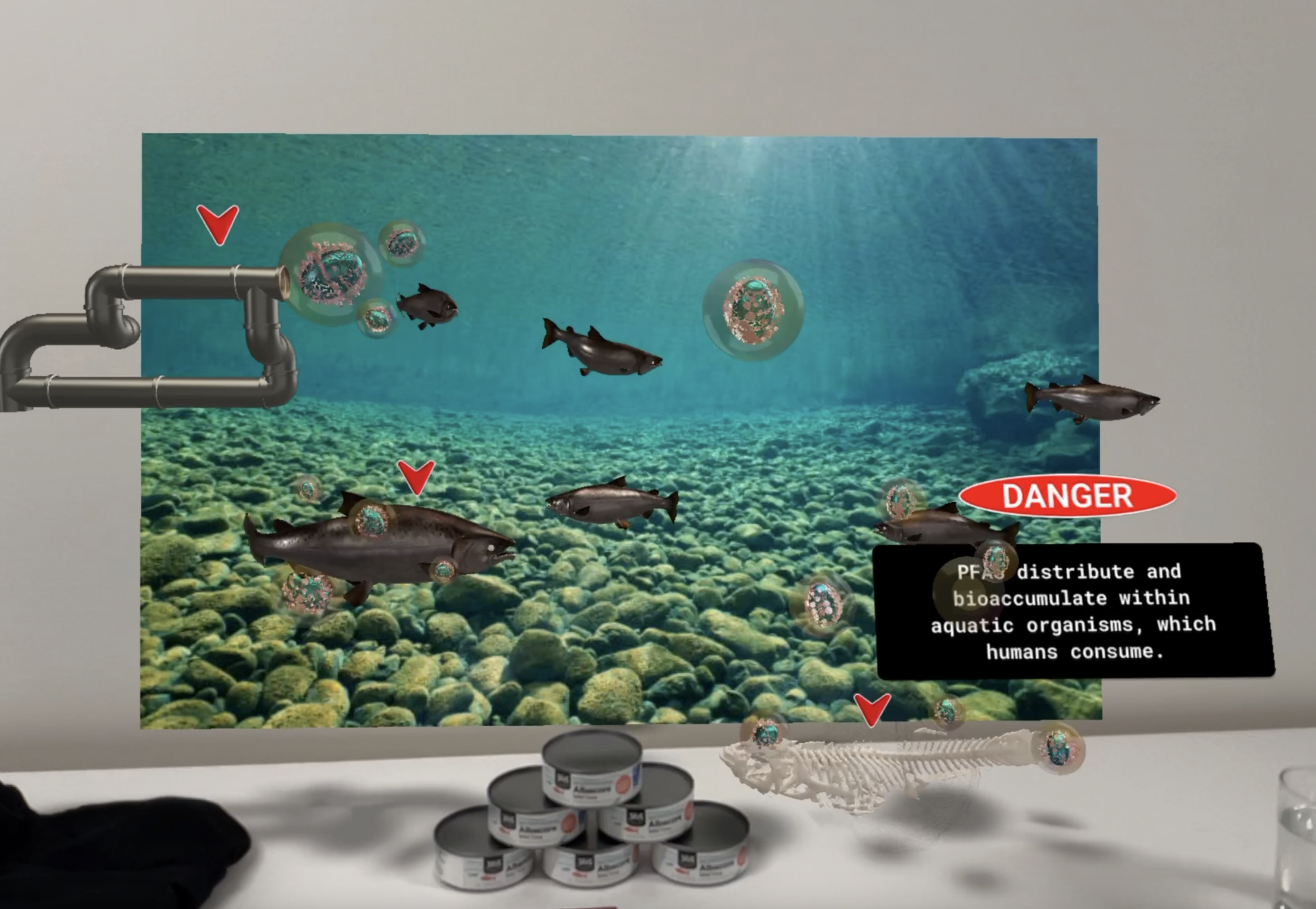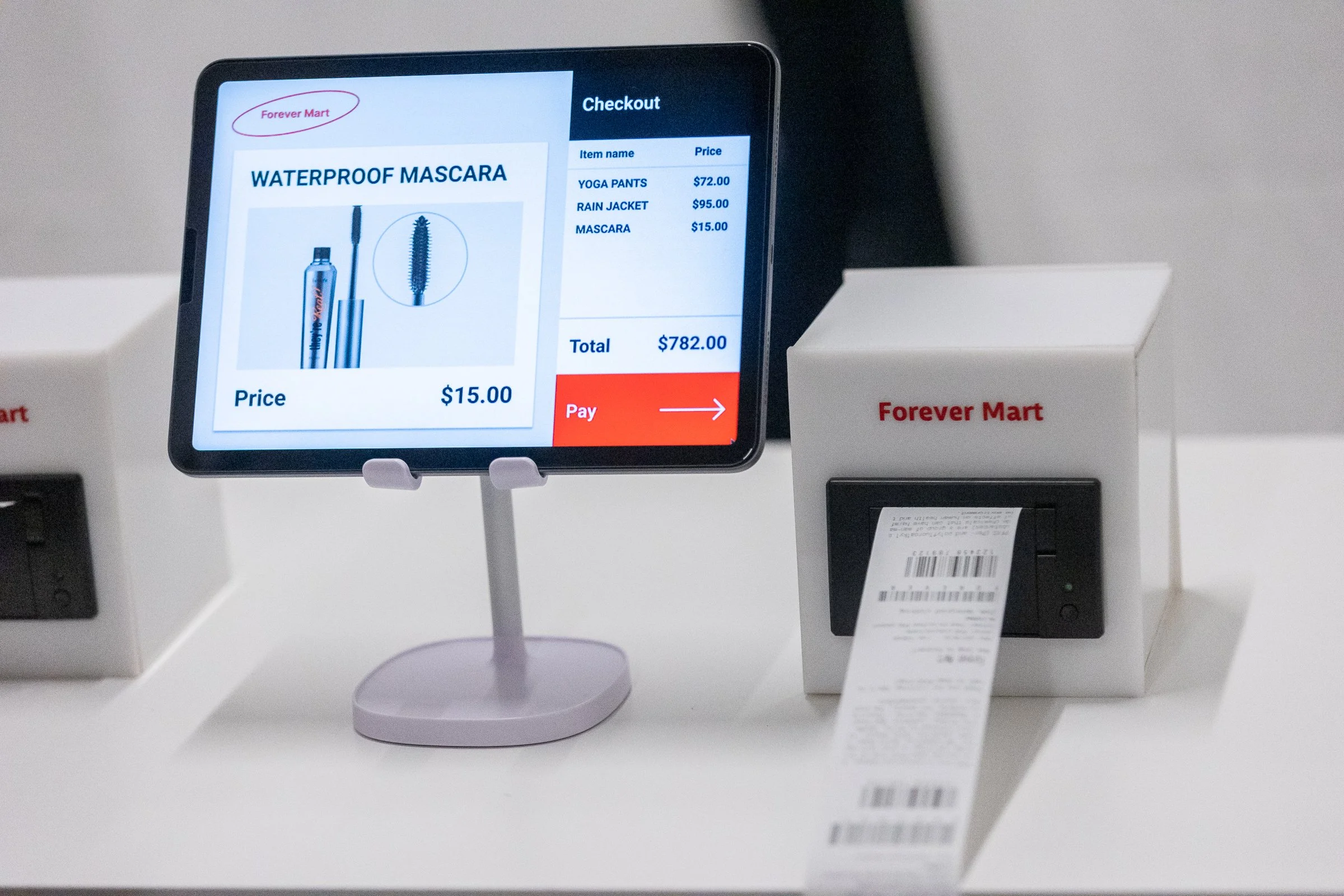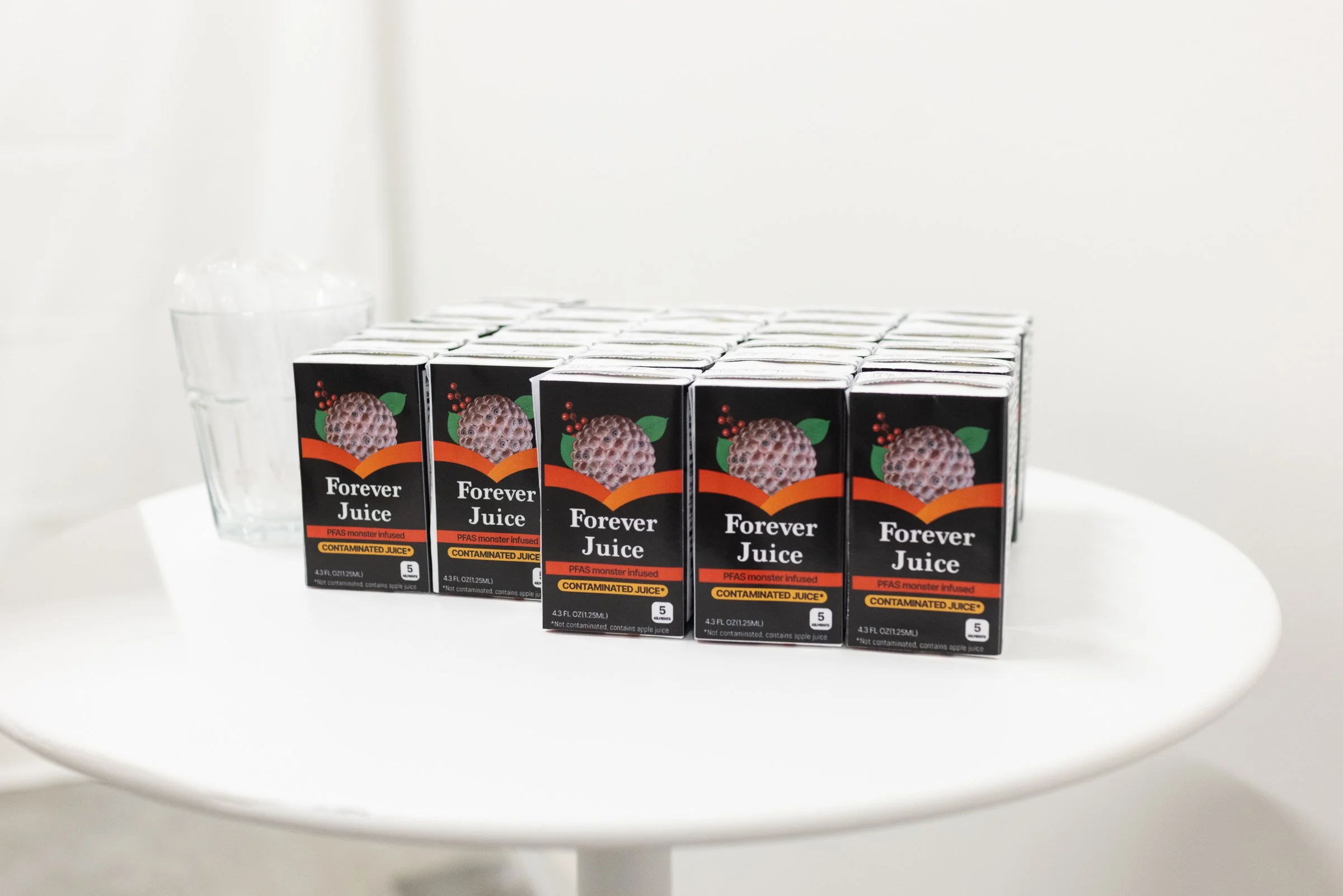
AR-based exhibit to inform users about the hidden threat of PFAS (Forever Chemicals).
Project Brief
The Forever Juice exhibit is a speculative design concept that takes the form of a mini-mart, playfully addressing the invisibility of PFAS in everyday items. By viewing these objects through the lens of Augmented Reality, visitors can visualize the unseen presence of PFAS and take action to reduce PFAS use and future production.
2023.02-2023.05
Two UX designers, one product manager
UX / UI Design
Behavioral Science
Branding, Design Strategy
AR Prototyping
Duration
Team
My Role
Problem statement
Invisible threat of PFAS (per and poly-fluoroalkyl substances: Forever Chemicals)
Forever chemicals are among the most concerning contaminants found in our drinking water. These chemicals originate from the manufacturing process of everyday items, leaching from our clothing, personal care products, food, and even the substances we feed our newborns.
“ How can we raise PFAS awareness, promote action to reduce it, and empower people to voice their concerns to society?”
Solution: AR Demo
User experience flow of the exhibition
Front desk
Provide specially designed juice as a gesture of appreciation, which includes information on how PFAS enters our everyday products.
AR Room
Learn about the effects of PFAS on our bodies through two interactive rooms: one depicting how PFAS enters water, fish, and sushi, and the other showing its impact on our health.
Check-out room
Users can participate in a quiz and receive a "receipt" that includes a link to submit a petition to the government.
Behavioral Science
Metrix
Design Iteration
01. Initial Concept:
Visualize PFAS through monsters
Using gamification, this design presents serious information engagingly and enjoyably.
Initial concept was to gamify education by visualizing PFAS as monsters.
After users defeat these monsters, which pop up and interactively attack, they can learn that these monsters represent visualized PFAS and understand harmful facts.
Gamify PFAS monsters
Interaction and information iterations
Usability Testing
25 users, aged between 20 and 35 years old
Harvard SEAS building, 03/27/2023
Expert Interview
Evaluation for initial idea
Pros:
By presenting grotesque images, this design instills fear of PFAS in users, effectively capturing their attention.
Cons:
Explaining the journey through cards resulted in reliance on text-based information.
Some users may not resonate with the concept of PFAS portrayed as monsters.
Users prioritize interacting with monsters rather than absorbing information about PFAS.
Feedback summary on the prototype
1. Since the numerical data linking PFAS and cancer is unclear at the moment, presenting a visual journey itself can be a meaningful approach.
2. It's preferable to develop the journey based on more academic papers.
3. Academic research hasn't led to actual changes in the industry; it's better to proactively raise awareness and involve companies in addressing this issue.
New direction:
Focusing on and expanding this journey in the AR space outside of the card.
02. Final Concept:
Create an abstract graphic that tells the story of the "Journey" of PFAS.
Design two rooms: one representing the "Sea" and the other the "Organ."
Explain how PFAS from clothes make their way into the sea, then get absorbed by fish, eventually leading to PFAS-contaminated sushi and affecting our organs.
Room 1
Laundry > Sea > Fish > Sushi
Room 2
Sushi > Organ > Cancer
Check out
Take the quiz and submit the petition by scanning the QR code on the juice box.
Exhibition & review
Reviews from the exhibition
"How about making this filter so that users can use it on Instagram or TikTok? It would be a great viral campaign."
"It's very interesting. I didn't know PFAS could come back from my clothes to my everyday items."
"How about installing this in front of companies' stores that produce PFAS, like a popup campaign?"







